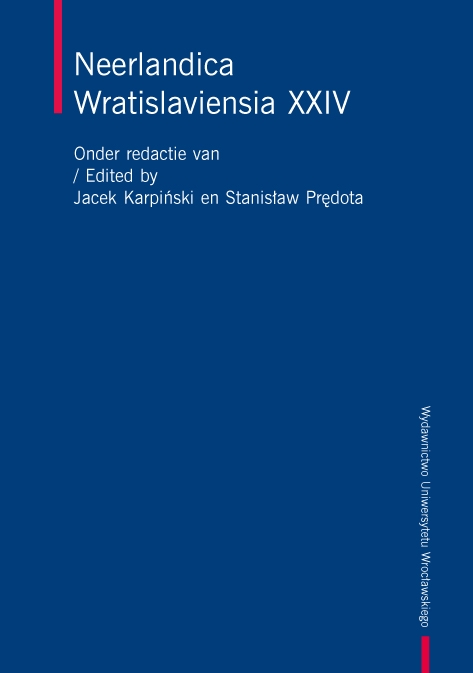

Artykuły

Dutch has three kinds of adpositional constructions: prepositional unmarked in use, postpositional denoting trajectivity and circumpositional denoting directionality. In practice the differences are very subtle; moreover, there are regional preferences, in the south Flanders for prepositions, in the northeast for circumpositions and in the west Holland for postpositions. Dutch adpositions of space can be syntactically and semantically divided into at least four categories: 1. indicators of direction: ik ga naar huis ‘I am going to my house home’; 2. indicators of distance: ik liep langs het huis ‘I walked along the house’; 3. rough indicators of space ‘rest’: ik stond voor het huis ‘Istood in front of the house’; 4. precise indicators of space: ik stond in het huis ‘I stood in the house’. This contribution describes the interplay between constructions and categories. For instance, in the first category doubling is possible: ik ga naar huis toe ‘to’. Members of category 2 have the most possibilities: besides prepositions they can be postpositions: ik liep het huis langs, first parts of circumpositions: ik liep langs het huis heen ‘away’, and last parts: ik liep voor het huis langs. In the third example voor is an adposition of category 3; thus it can be a preposition and a first part of a circumposition. Members of category 4 can be postpositions: ik liep het huis in ‘I walked into the house’. In the last section Dutch is provisionally contrasted with Polish, which only has prepositions. To translate these four Dutch categories into Polish, we can use prepositions with different cases genitive, accusative, locative, instrumentalis, perfective and imperfective verb forms and non-adpositional ways of expression.